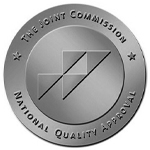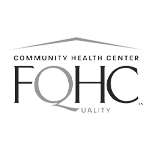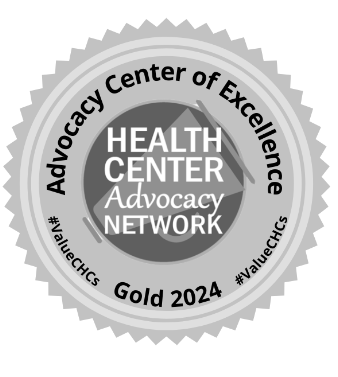
October is Breast Cancer Awareness Month. Breast cancer is one of the most common forms of cancer – one in eight women in the United States will develop breast cancer at some point during their lifetime, and although rare, it can affect men as well.
This alarming number should be a reminder for everyone to do what they can to prevent the disease, or to catch it early if they do develop breast cancer. Dr. Carolyn Benenati, an OB/GYN at Keystone Women’s Care, shares some important information everyone should know about this topic in today’s Take Care article.
Guidance for Self-Breast Exams
It’s important for women to be familiar with how their breasts typically look and feel. This familiarity and self-awareness make it possible to identify any changes. Changes to be concerned about include pain, a lump, nipple discharge (not after stimulation of the breast) and redness of the breasts. These changes can be related to things other than breast cancer, but it’s important to get checked out by a healthcare professional as soon as possible if any of these changes are found.
Breast self-exams are important, because 50% or more breast cancers are detected by women themselves. If a woman is still menstruating, the best time to examine the breast is the week after her period.
When performing a self-exam, take your time. Inspect your breasts, looking in a mirror with your hands on your hips. Check for any changes to your skin, changes in the size of your breasts, or dimpling of the skin. Feel for any lumps by using the pads, not tips, of your middle three fingers. Move in small circles, applying different levels of pressure to feel just under the skin and also deeper. You should check the entire breast area including the areas around and between the collar bone, breastbone, armpits and the ribs under your breasts.
Mammograms
Mammograms are x-rays used to detect early signs of breast cancer, and they are covered by most insurance plans. I recommend that my patients have yearly mammograms starting at age 40, which is also recommended by the American College of Obstetricians and Gynecologists and The National Comprehensive Cancer Network. Some patients may need to start sooner, including those who have a family history of breast cancer.
Regular testing should be continued until at least age 75, unless directed otherwise by your healthcare provider. These regular screenings help to detect any signs of cancer early. The earlier the cancer is discovered, the better chance the patient has to make a full recovery and they may be able to receive less aggressive forms of treatment.
Reducing Risk
Living a healthy lifestyle is the best way to reduce your risk for cancers, including breast cancer. Women should aim to maintain or reach a healthy weight (a Body Mass Index of 18.5 to 24.9), get regular exercise, eat a healthy diet and limit or avoid alcohol. Women who are able to breastfeed also reduce their risk for breast cancer.
Genetic Testing
Women who are at higher risk may choose to undergo genetic testing to identify if they carry a gene that places them not only at higher risk of breast cancer, but also other diseases such as ovarian cancer. These high-risk women include those with a close relative who had a history of breast cancer when they were younger than age 50, a relative with ovarian cancer or multiple relatives who have been diagnosed with cancer. This testing is available at Keystone Women’s Care and most other OB/GYN offices.
Information For Uninsured Women
If you do not have insurance and would like to have a mammogram, there is a program through the Cumberland Valley Breast Care Alliance (CVBCA) called the MammaGift Project which provides free mammograms to those who are uninsured. For more information about this program, call 717-263-7191. The CVBCA also supports and assists women in our area diagnosed with breast cancer with health care and other associated costs during treatment.
Breast Cancer In Men
Approximately 2,600 men in the United States will be diagnosed with breast cancer this year, and about 500 will die from the disease. Though this disease is not nearly as prevalent in males as it is in females, men should also be aware of any changes in their bodies, including in their chest region. If you are a man who notices any of the changes mentioned above, or any other change that concerns you, you should make an appointment to see your healthcare provider as soon as possible.
This article contains general information only and should not be used as a substitute for professional diagnosis, treatment or care by a qualified health care provider.




